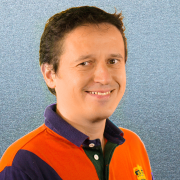Abstract: The increasing popularity of head-mounted devices and 360° video cameras allows content providers to offer virtual reality video streaming over the Internet, using a relevant representation of the immersive content combined with traditional streaming techniques. While this approach allows the user to freely move her head, her location is fixed by the camera’s position within the scene. Recently, an increased interest has been shown for free movement within immersive scenes, referred to as six degrees of freedom. One way to realize this is by capturing objects through a number of cameras positioned in different angles, and creating a point cloud which consists of the location and RGB color of a significant number of points in the three-dimensional space. Although the concept of point clouds has been around for over two decades, it recently received increased attention by ISO/IEC MPEG, issuing a call for proposals for point cloud compression. As a result, dynamic point cloud objects can now be compressed to bit rates in the order of 3 to 55 Mb/s, allowing feasible delivery over today’s mobile networks. In this paper, we propose PCC-DASH, a standards-compliant means for HTTP adaptive streaming of scenes comprising multiple, dynamic point cloud objects. We present a number of rate adaptation heuristics which use information on the user’s position and focus, the available bandwidth, and the client’s buffer status to decide upon the most appropriate quality representation of each object. Through an extensive evaluation, we discuss the advantages and drawbacks of each solution. We argue that the optimal solution depends on the considered scene and camera path, which opens interesting possibilities for future work.
Authors: Jeroen van der Hooft, Tim Wauters, Filip De Turck (Ghent University – imec), Christian Timmerer, and Hermann Hellwagner (Alpen-Adria-Universität Klagenfurt)
Keywords: HTTP adaptive streaming, MPEG-DASH, immersive video, point clouds, MPEG V-PCC, rate adaptation
Link: ACMMM 2019


 ITEC is delighted to announce the next speaker in our guest lecture series – Dr. Antorweep Chakravorty from
ITEC is delighted to announce the next speaker in our guest lecture series – Dr. Antorweep Chakravorty from 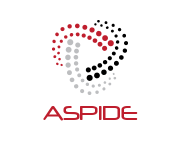

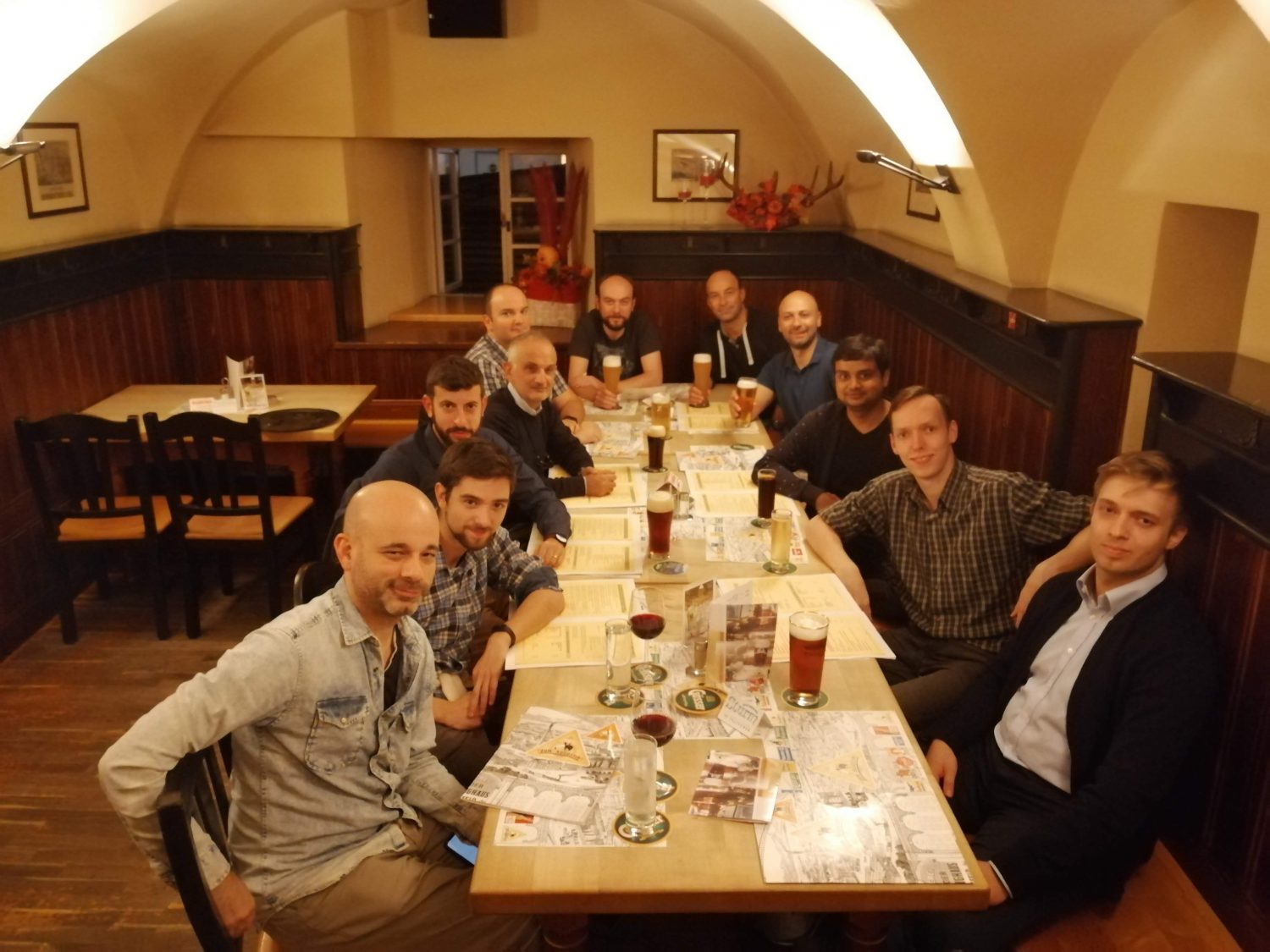
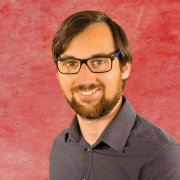
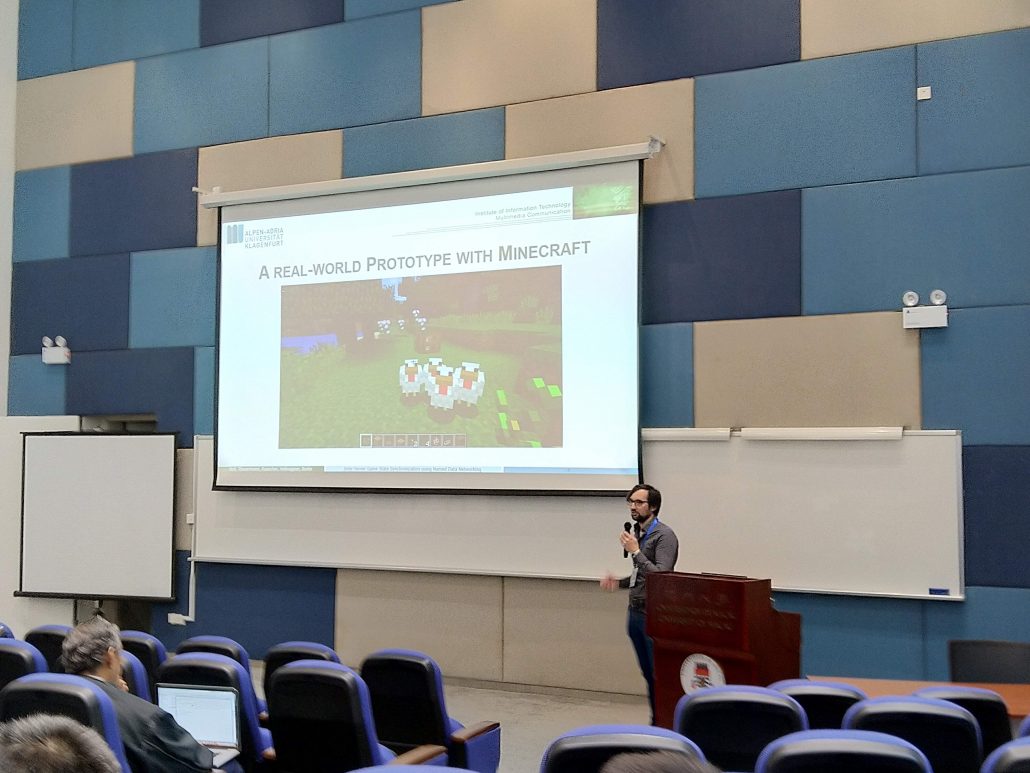 Philipp Moll presented the paper “Inter-Server Game State Synchronization using Named Data Networking” on the
Philipp Moll presented the paper “Inter-Server Game State Synchronization using Named Data Networking” on the 